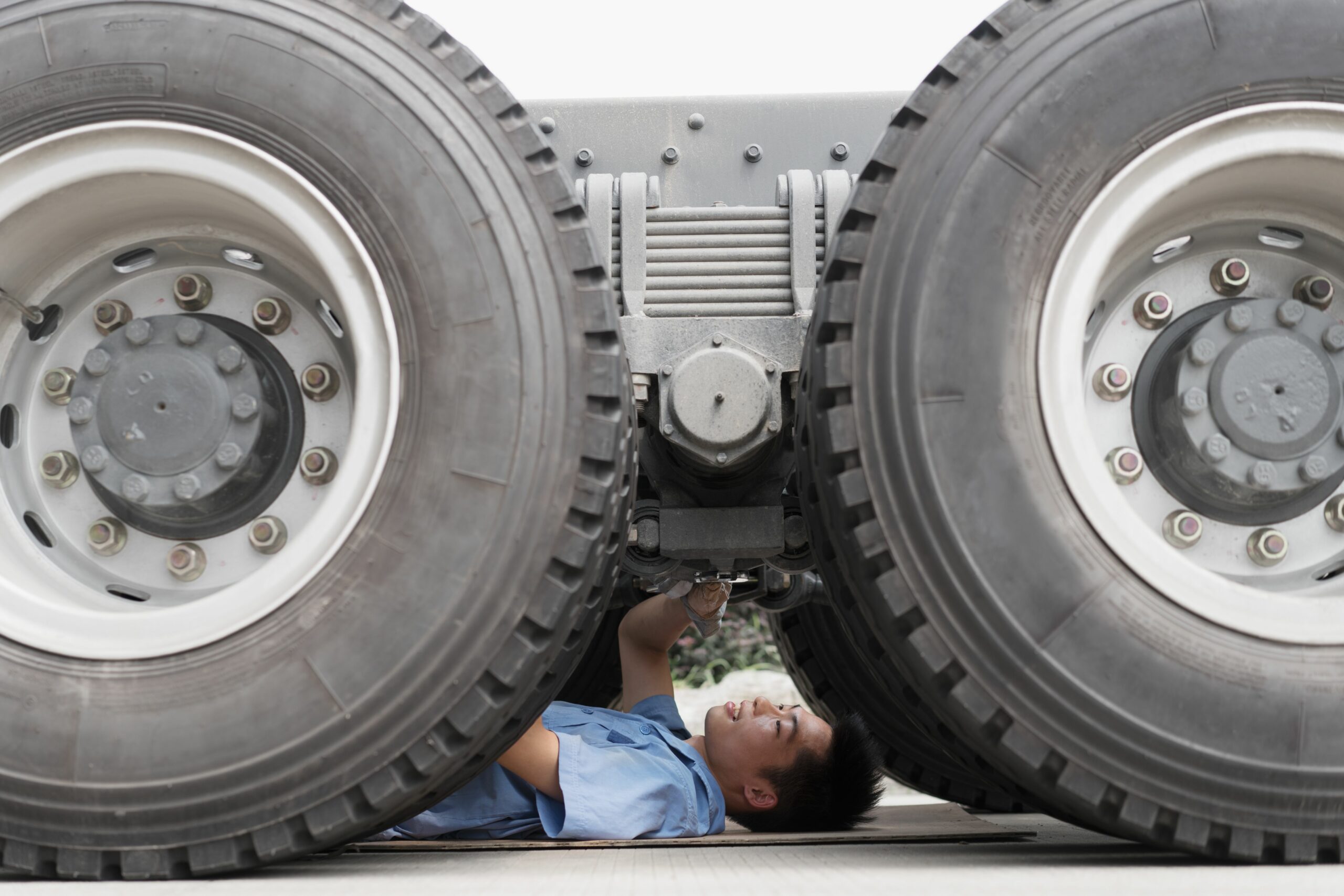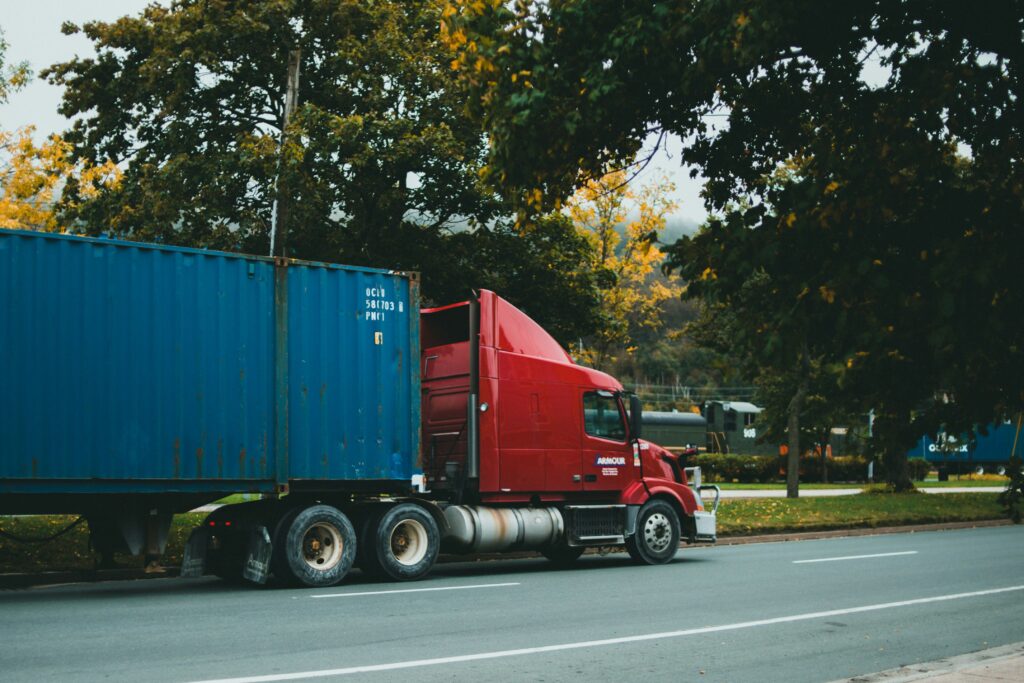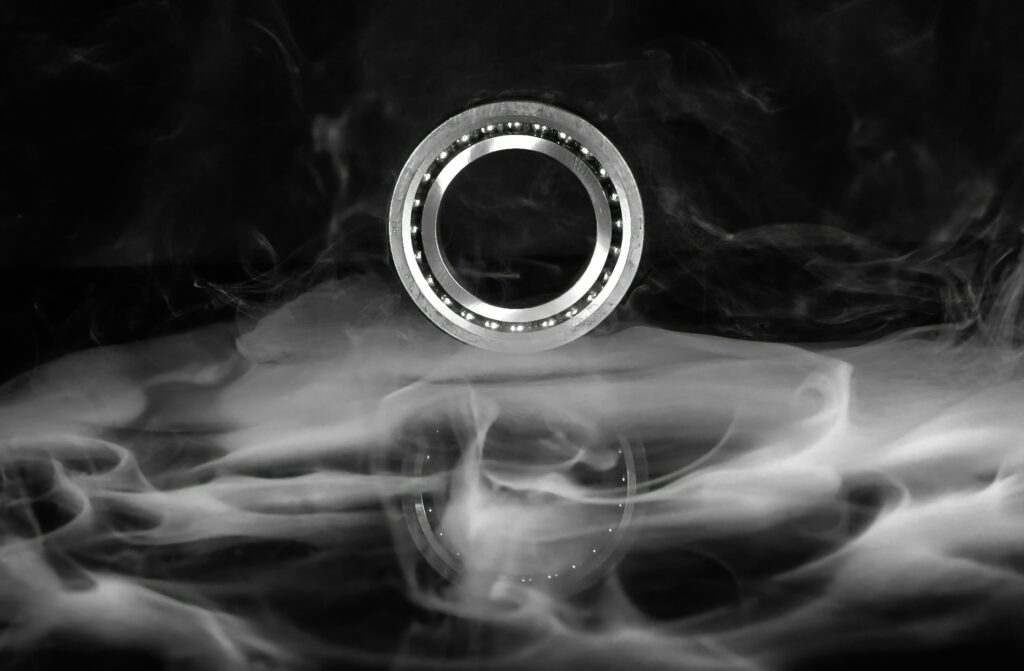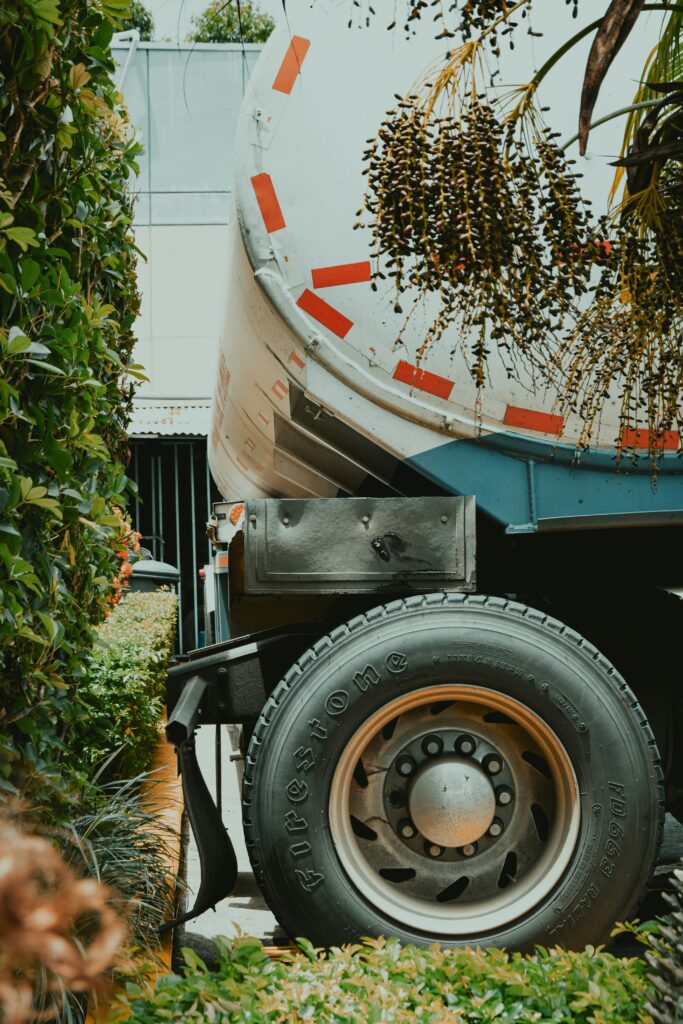
When it comes to trucks, buses, and trailers, safety is all important. Wheel hub bearings are an essential component for ensuring the safe and reliable operation of vehicles, particularly heavy-duty commercial vehicles. They have to support the weight of the vehicle while allowing the wheel to rotate with minimal friction. Over time, wheel bearings will become subject to considerable wear, due to constant use, exposure to contaminants, and harsh road conditions. Worn or damaged bearings can ultimately lead to dangerous driving conditions, and even brake failure or wheel detachment. With large, heavy vehicles where this is little room for error, this can be a significant safety threat.
To ensure that worn bearings are identified and replaced, regular inspection and maintenance of wheel hub bearings is essential. This not only ensures the safety of drivers and other road users, it can prevent costly repairs and vehicle downtime, while enhancing the overall longevity of the vehicle. Knowing how to inspect wheel bearings is a critical skill for drivers and fleet managers alike.
How many miles do wheel bearings last?
The lifespan of a wheel bearing will depend on a range of factors, such as the amount of usage, road conditions that it regularly encounters, and the vehicle’s maintenance schedule. For heavy-duty vehicles such as trucks and buses, the typical range for wheel bearing is around 100,000 to 150,000 miles.
Wheel bearings on trucks can be subject to a range of different factors that may shorten their lifespan, such as frequent off-road driving, heavy loads, and weather conditions. Other factors such as how the trucks are driven will have an impact on the longevity of wheel bearings. For buses in regular service, wheel hub bearings will need more regular maintenance and replacement, due to frequent stopping and starting when out on the road. Trailers carrying heavy loads will have their own maintenance requirements.
Trucks that are exposed to heavier loads, as well as debris, and moisture, or that need to operate in extreme weather will need to have more regular wheel bearing checks. In most cases, this will mean checking wheel hub bearings every 10,000 to 15,000 miles.
Considering the load that your wheel hub bearings have to carry is essential, so knowing how to inspect wheel bearings is all important.
What is a sign of wheel bearing failure?
Being able to detect wheel bearing failure is essential to avoid severe damage and potential accidents. Some of the most common signs that wheel bearings may be failing include:
- Unusual noises
An unusual noise coming from the wheels is often the first indication that there may be issues with a vehicle’s wheel bearings. This might sound like grinding or humming, and it will usually increase as the speed of the vehicle increases. This can become more noticeable when turning, or if the weight of the load changes.
- Steering wheel vibrations
Truck and bus drivers often pick up vibrations in the steering wheel that increase when the vehicle is turning or picking up speed. This might indicate that a wheel bearing is worn and needs attention. As the bearing deteriorates, the vibrations can become more severe, impacting vehicle performance.
- Wheel looseness
If the wheel feels loose when it’s manually shook from side-to-side or top-to-bottom, the it might point to a worn bearing or a damaged bearing. This can be a particular problem for drivers, as it reduces steering precision, and can lead to poor handling. Any looseness in handling should be investigated promptly.
- ABS malfunction light
Anti-lock Braking Systems (ABS) feature a warning light on the dashboard. A failing wheel bearing can trigger the ABS warning light because the wheel speed sensor is unable to accurately monitor any wheel movement.
- Uneven tyre wear
When bearings are failing it can lead to rapid tyre wear, or tyre wear that is unevenly distributed. While uneven tyre wear can have a number of potential causes, such as suspension issues or poor alignment, it’s possible that a bad wheel bearing could be causing the issue.
- Pulling to one side when braking
When a wheel bearing is failing it can lead to uneven wear on the pads or brake rotors. This can lead to the vehicle pulling to one side when braking due to the impact of the compromised bearing.
How do you visually inspect a wheel bearing?
At CV Hubs & Bearings, we’re often asked how to inspect wheel bearings.
The first step in assessing the condition of wheel bearings is to complete a visual check. This can identify any obvious signs of wear, damage, or contamination.
The first step is to lift the vehicle using a jack, ensuring it’s placed securely on jack stands. Check to ensure that the vehicle is stable. Next, loosen the lug nuts and carefully remove the Wheel. You then need to carefully remove the brake caliper by unscrewing the bolts that hold it in place. Care needs to be taken to ensure that the brake lines are not damaged in the process. Once the caliper has been removed.
Now you can inspect the wheel hub area for any signs of corrosion, debris build-up, and anything more than minor rust. You should be able to rotate the hub smoothly without resistance. If it wobbles, or you feel rough spots while its spinning might indicate that the bearing is worn.
Wheel bearings contain lubrication to reduce friction, but over time the seals can wear out and perish. When this happens, grease can leak out of the bearing. If you notice there is a significant amount of grease outside of the bearing assembly it could indicate that the seal is failing or there’s a problem with overheating.
You should also look closely at the bearing to see if you can spot any visible or physical damage, such as scoring, broken rollers, cracks, or discoloration which can be a sign of broken heating.
How to do a wheel bearing test
As well as visual inspections, it’s essential to perform functional tests to assess the overall condition of your wheel bearings. Some of the common methods that are used to test wheel bearings for signs of potential wear and failure include:
- Wheel wiggle test
The wheel wiggle test can be used to detect play or looseness in the bearing. With the vehicle lifted and the wheels off the ground, grasp the tyre at the 12 o’clock and 6 o’clock positions and try to rock it back and forth. If there is significant play or movement it could indicate that the bearing is worn or damaged. You should then adjust your hands to the 9 o’clock and 3 o’clock positions to check for any lateral play. If there’s notable movement or wobbling during the test it could indicate there is worn bearing that will need to be investigated.
- Spin test
The spin test is used to check for smooth rotation and to listen for any unusual noises. It involves manually rotating the wheel by hand playing close attention to how smoothly it spins. You should listen for any grinding, clicking, or rumbling noises as the wheel turns. If you hear any unusual sounds or feel resistance when spinning the wheel, the bearing could be damaged or contaminated.
- Temperature test
After driving the vehicle for a short distance use an infrared thermometer to measure the temperature of the wheel hubs near their bearing. Compare the temperature of all the wheel hubs to assess whether there is a significantly higher temperature on one wheel. This might indicate that a bearing is overheating. This might indicate that the bearing is worn or has insufficient lubrication.
Consider replacing your wheel bearings if you find any of the following
There are some key indicators that mean you are likely to need to replace your wheel hub bearings. These are:
- Excessive wheel play
If the wheel moves around excessively during the wheel wiggle test this indicates that there is a worn bearing. If you continue to use the vehicle with loose bearings it can lead to dangerous driving conditions.
- Visible damage
Any physical damage such as broken rollers, scoring, or pitting, means that your wheel hub bearings should be replaced immediately. Damaged bearings are liable to fail completely at any time, resulting in potentially dangerous loss of wheel control.
- Abnormal noises
Grinding, rumbling noises from the wheel hub during a spin test indicate a failed bearing. These sounds usually get worse with speed indicating that bearing surfaces have worn down and may be in contact with other metal components.
- Excessive heat
If a temperature test reveals that a bearing is overheated this can indicate it has internal damage or that it doesn’t have enough lubrication. The bearing should be replaced before it leads to damage to the hub, brake components, or axle.
- Leaking grease
Signs of significant grease leakage can indicate that the seal is compromised. This allows lubrication to replace, leading the bearing to quickly degrade.
Tips for inspecting wheel bearings
Knowing how to inspect wheel bearings is an essential part of standard truck maintenance. Here are some practical tips to ensure that your inspections are accurate and the life of your bearings is prolonged:
- Regular inspections
Wheel bearing should be inspected as part of a regular maintenance schedule. Vehicles that carry large loads or travel long distances should have their bearings inspected at least once every 12,000 miles.
- Check lubrication
One of the leading causes of bearing failure is lack of lubrication. Immediately investigate if there is grease leaking from around the seals to prevent any further damage.
- Check the tyre wear
Uneven tyre wear can be an indication that the wheel bearings are failing. Check if there’s any unusual tyre wear patterns during your regular maintenance.
- Keep your bearings clean and protected
Always ensure that the bearing seals are intact and replace any that are showing signs of damage. This is because potential contamination from dirt, water, or road debris, can lead to rapid deterioration of your wheel hub bearings.
- Always use the right tools
When checking your wheel hub bearings be sure to use the appropriate tools, taking proper precautions to prevent any safety issues.
Expert advice and high-quality parts from CV Hubs & Bearings
Inspecting your wheel bearings is an essential safety and maintenance task for fleet owners, managers, and drivers. Ensuring that your wheel bearings are fit for purpose is essential to keep your vehicles safe and operational
At CV Hubs & Bearing we’re specialists in all things HGV, bus, and trailer wheel hubs and bearings. Our experienced team is always on hand to answer any questions you may have.
We stock an extensive range of wheel hub components for a wide range of vehicles.
Contact us to find out more about our services
Back to news

